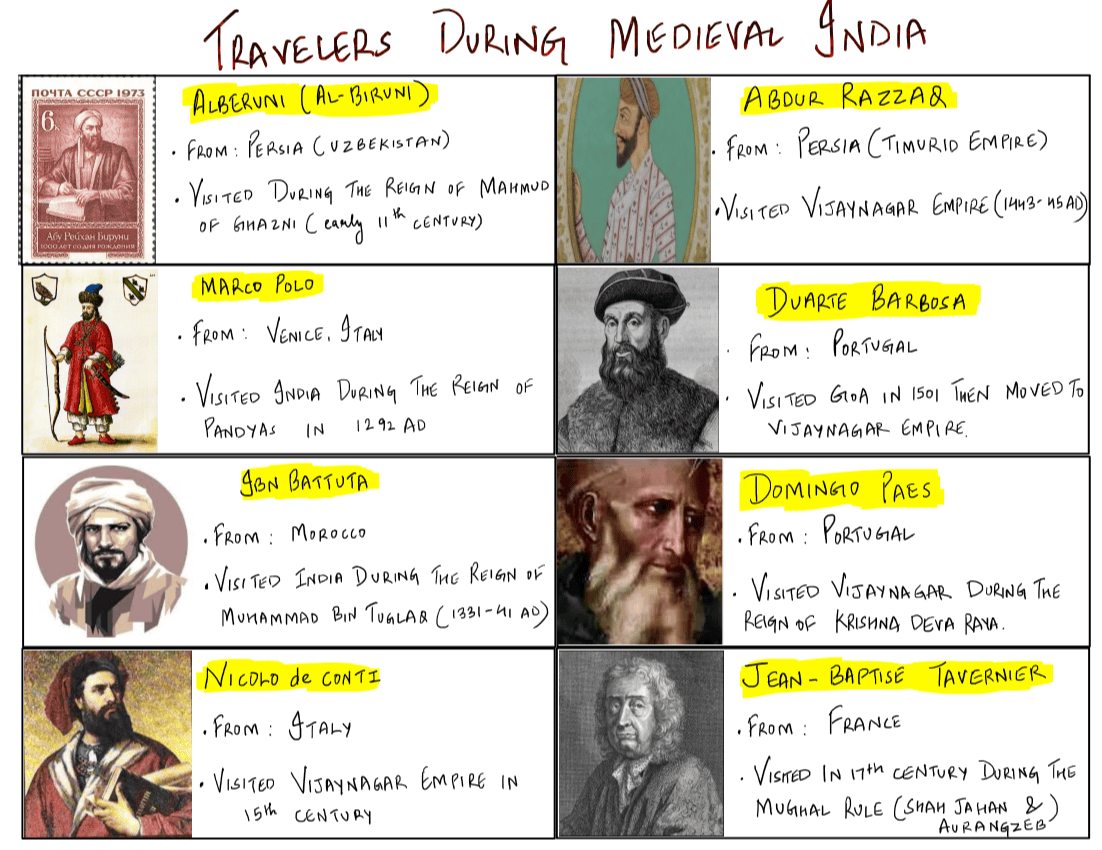UPSC Prelims 2021 Analysis
Subject-Wise MCQ Distribution
- Environment & Ecology (18 questions): Consistently a major component due to its relevance in both the Civil Services Examination (CSE) and the Indian Forest Service (IFoS) prelims. Several questions required maps for identifying key environmental regions.
- Indian Polity (18 questions): A high-weightage subject with several assertion-based and conceptual questions.
- Economy (14 questions): Covered major economic policies, fiscal measures, and budget-related aspects.
- Science & Technology (13 questions): Focused on innovations, emerging technologies, and applications in real-world scenarios.
- History (24 questions total):
- Ancient History: 3 questions
- Medieval History: 4 questions
- Modern History: 7 questions
- Art & Culture: 10 questions, including match the following-based formats.
- Geography (9 questions total):
- Indian Geography: 5 questions
- Physical Geography: 2 questions
- World Geography: 2 questions
- Social Issues & Schemes (2 questions): Covered important government initiatives and their societal impact.
- International Relations (2 questions): Focused on international organizations and global events, underlining the importance of reading newspapers and NCERT basics.

Difficulty Analysis
- Easy (35 questions): Required fundamental NCERT knowledge and factual recall.
- Medium (38 questions): Needed deeper analytical abilities and elimination techniques.
- Hard (27 questions): Demanded conceptual clarity, particularly in assertion-reasoning and interdisciplinary topics.

Variations in Question Framing
- Multi-Statement Based Questions: A large portion of the paper tested analytical abilities by requiring candidates to determine the correctness of multiple statements.
- Direct Questions: Some questions were fact-based, relying on static knowledge from textbooks and previous UPSC question papers.
- Application-Based Questions: Many questions in Economy and Science & Technology assessed real-world applications of concepts.
- Match the Following: Commonly seen in Art & Culture, Geography, and Environment sections.

Static vs Current Affairs Distribution
- Static Content: Dominated the paper with key subjects like History, Polity, Geography, and Economy forming the foundation.
- Current Affairs (22 questions): Focused on recent government policies, budget highlights, and global events influencing India.
Key Learnings for Future Preparation
- Master Static & Current Affairs: A blend of both is necessary, especially for high-weightage subjects like Polity, Economy, and Environment.
- Strengthen Analytical Abilities: Many questions required assertion-reasoning, elimination techniques, and multi-statement evaluation.
- Focus on Budget & Economic Policies: Economy and budget-related topics remain crucial for UPSC preparation.
- Practice Match the Following & Statement-Based MCQs: These were heavily featured in Geography, History, and Environment sections.
- Utilize Maps for Geography & Environment: Many UPSC last year question papers have included map-based questions, making this an essential skill.
Subject-Wise Answer Key
QUESTION 1
With reference to medieval India, which one of the following is the correct sequence in ascending order in terms of size?
A. Paragana- Sarkar- Suba
B. Sarkar-Paragana-Suba
C. Suba-Sarkar-Paragana
D. Paragana-Suba-Sarkar
QUESTION 2
Consider the following statements:
- It was during the reign of Iltutmish that Chengiz Khan reached the Indus in pursuit of the fugitive Khawarezm prince.
- It was during the reign of Muhammad bin Tughluq that Taimur occupied Multan and crossed the Indus.
- It was during the reign of Deva Raya II of Vijayanagara Empire that Vasco da Gama reached the coast of Kerala.
Which of the statements given above is/are correct?
A. 1 Only
B. 1 and 2
C. 3 Only
D. 2 and 3
QUESTION 3
With reference to Indian history, which of the following statements is/are correct?
- The Nizamat of Arcot emerged out of Hyderabad State.
- The Mysore Kingdom emerged out of Vijaynagara Empire.
- Rohilkhand Kingdom was formed out of the territories occupied by Ahmad Shah Durrani.
Select the correct answer using the codes given below.
A. 1 and 2
B. 2 Only
C. 2 and 3
D. 3 Only
QUESTION 4
According to Portuguese writer Nuniz, the women in Vijayanagara Empire were expert in which of the following areas?
- Wrestling
- Astrology
- Accounting
- Soothsaying
Select the correct answer using the codes given below.
A. 1, 2 and 3 Only
B. 1, 3 and 4 Only
C. 2 and 4 Only
D. 1, 2, 3 and 4
